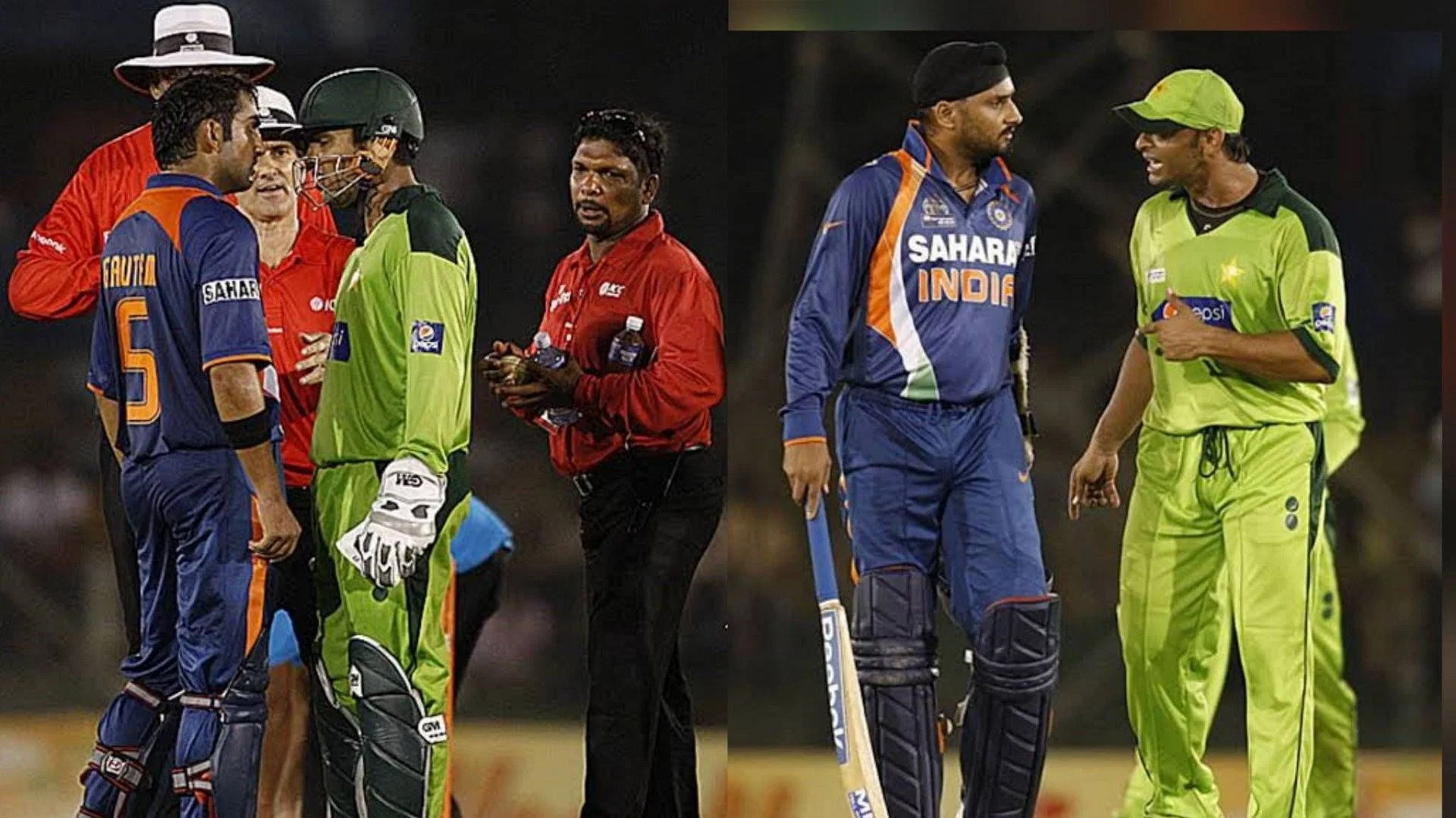Cricket, a sport steeped in tradition and strategy, encompasses various specialized roles that contribute to the game’s complexity and excitement.
One such role is that of the spinner, a player who employs spin bowling techniques to manipulate the trajectory and movement of the cricket ball.
Spinners have played an integral part in cricket matches throughout history, with their ability to deceive batsmen and create opportunities for their team.
This article examines the origins of spin bowling, different types of spin bowlers, their techniques and grips, as well as notable figures in this fascinating aspect of cricket.
Key Takeaways
- Spin bowling originated in the early 19th century and has evolved over time.
- There are two main styles of spin bowling: finger spin and wrist spin.
- Spin bowlers play a crucial role in taking wickets, controlling run flow, and breaking partnerships.
- Pitch conditions and weather patterns significantly impact spin bowlers' performance.
History of Spin Bowling in Cricket
The history of spin bowling in cricket dates back to the early 19th century when bowlers began experimenting with different techniques and styles to manipulate the flight and spin of the ball.
Spin bowling involves imparting rotation on the ball as it is delivered towards the batsman, causing it to deviate from its expected path.
Over time, spin bowling techniques have evolved, leading to an increased impact on modern cricket.
One notable evolution in spin bowling techniques was the development of finger-spin and wrist-spin.
Finger-spinners primarily use their fingers to generate spin by applying pressure on one side of the ball, while wrist-spinners rely on a flicking motion of their wrists to generate revolutions.
This distinction has led to various types of deliveries such as off-breaks, leg-breaks, top-spins, googlies, and doosras. The impact of spin bowling in modern cricket cannot be overstated.
Spinners play a crucial role in slowing down scoring rates and taking wickets during middle overs in limited-overs formats like One Day Internationals (ODIs) and Twenty20 matches.
In Test cricket, where pitches tend to offer more assistance for spinners over time, they are often key match-winners who exploit deteriorating conditions and deceive batsmen with their variations.
Types of Spin Bowlers in Cricket
Different styles of spin bowling in the sport of cricket include finger spin and wrist spin.
Spin bowlers play a crucial role in cricket as they have the ability to turn or spin the ball off the pitch, making it more difficult for batsmen to score runs.
Here are three important aspects of spin bowling techniques and variations:
1. Gripping the ball
In finger spin, also known as off-spin or left-arm orthodox spin, the bowler uses their fingers to grip and rotate the ball clockwise (for right-handed bowlers).
This rotation generates side-spin on the ball, causing it to deviate away from right-handed batsmen.
On the other hand, wrist spin involves gripping the ball with fingers behind it and using a flicking motion of the wrist while releasing.
This imparts top-spin or back-spin on the ball, leading to unpredictable movement.
2. Variations in trajectory
Spin bowlers can vary their trajectory by using flighted deliveries that hang in the air longer before pitching, forcing batsmen to make decisions earlier than usual.
They can also use quicker deliveries that skid onto batsmen at a lower trajectory, making it challenging for them to adjust their shots.
3. Importance in limited overs cricket
In ODIs and T20, where scoring quickly is crucial, spinners can restrict run-scoring by deceiving batters with flight, velocity, and length and line alterations.
Overall, understanding different styles of spin bowling techniques and variations is critical for both aspiring cricketers and fans alike.
Techniques and Grip for Spin Bowling
One aspect of spin bowling that requires attention is the technique and grip used by bowlers. Spin bowling techniques involve a combination of wrist action, body positioning, and finger movement to impart revolutions on the ball.
The grip employed by spin bowlers determines the type of spin they can generate, such as off-spin, leg-spin, or left-arm orthodox spin.
To better understand the various techniques and grips used in spin bowling, let’s consider the following table:
| Type of Spin | Grip | Technique |
|---|---|---|
| Off-Spin | Middle and index finger | Finger rotation combined with sidearm delivery |
| Leg-Spin | Index and middle finger | Wrist flick at release point |
| Left-Arm Orthodox Spin | Ring finger and little finger | Similar to off-spin but performed by a left-handed bowler |
These variations in grip and technique allow for different strategies in spin bowling. For example, off-spinners often aim to induce batsmen into making mistakes through subtle changes in flight and trajectory.
Leg-spinners rely on deception and sharp turn to deceive batsmen. Left-arm orthodox spinners provide variety for captains looking to exploit any weaknesses against right-handed batsmen.
Spin bowling plays an important role across different cricket formats. In longer formats like Test matches, spinners are often utilized to take wickets or contain runs on deteriorating pitches.
In limited-overs formats like One Day Internationals (ODIs) or Twenty20 (T20), spinners aim to restrict scoring rates while also taking crucial breakthroughs.
Transitioning into the subsequent section about ‘role of spin bowlers in cricket matches’, understanding the techniques and grips used by these bowlers provides insight into their effectiveness within a team’s strategy.
Role of Spin Bowlers in Cricket Matches
In cricket matches, the role of spin bowlers is to contribute in taking wickets and limiting scoring rates on deteriorating pitches.
Spin bowling plays a crucial part in both test matches and limited overs cricket, with spinners often being introduced during the middle overs to break partnerships and control the run flow.
In limited overs cricket, where the focus is on restricting runs within a limited number of overs, spinners use various strategies based on different pitch conditions.
- Variation: Spin bowlers employ various types of deliveries such as off-spin, leg-spin, or left-arm orthodox to deceive batsmen and induce mistakes. By altering their pace, flight, trajectory, and spin on the ball, spinners aim to create uncertainty for batsmen.
- Pitch Conditions: The nature of the pitch greatly influences a spinner’s strategy. On slow and low tracks where turn can be expected, spinners tend to bowl slower through the air to allow more time for turn. On drier pitches that offer extra grip or have cracks that aid turn, they may impart more revolutions on the ball to generate extra spin.
- Field Placement: Spin bowlers rely heavily on strategic field placements to maximize their effectiveness. They often have close-in fielders like slip or short leg who are ready to take catches off edges or bat–pad dismissals if there is significant turn available.
Overall, spin bowlers play a pivotal role in cricket matches by providing teams with an additional weapon to take wickets and restrict runs during different stages of innings in both test matches and limited overs cricket.
Famous Spin Bowlers in Cricket History
Throughout the rich history of cricket, numerous spin bowlers have left a lasting impact with their exceptional skills and contributions to the game.
These skilled individuals have not only influenced match outcomes but also played a significant role in the evolution of spin bowling techniques in cricket.
Spin bowlers are known for their ability to impart rotation on the ball, causing it to deviate from its expected path when it bounces or rolls on the pitch.
This deviation can make it challenging for batsmen to predict the movement of the ball accurately, leading to potential wickets or reduced scoring opportunities. As a result, spin bowlers often play a vital role in deciding match outcomes.
Over time, spin bowling techniques have evolved significantly. In earlier days, traditional methods such as finger-spin and wrist-spin were prevalent.
However, modern spinners have introduced innovative variations like doosra and carrom ball, further enhancing their effectiveness on the field.
These advancements have provided spin bowlers with additional tools to deceive batsmen and create pressure during matches.
Furthermore, various factors such as pitch conditions and weather patterns also influence the performance of spin bowlers. They need to adapt their strategies accordingly to exploit these conditions effectively.
Final Thoughts on Spinner
Spinner in cricket refers to a type of bowler who specializes in delivering spin on the ball, making it difficult for the batsman to hit accurately.
The history of spin bowling in cricket dates back centuries, with various techniques and grips developed over time.
Spin bowlers play a crucial role in cricket matches, as they can deceive batsmen and take wickets. Some famous spin bowlers in cricket history include Muttiah Muralitharan and Shane Warne.
In conclusion, spin bowling adds an intriguing dimension to the game, keeping both players and spectators on their toes.
As the saying goes, ‘Every cloud has a silver lining,’ highlighting that even challenging situations can have positive outcomes.
Frequently Asked Questions: Spinner
What Are the Techniques for Spin Bowling in Cricket?
Spin bowling techniques for different pitch conditions include variations in grip, release point, and wrist position. Spin bowlers deceive batsmen through a combination of flight and turn, using subtle variations in speed, trajectory, and spin direction to outfox the opposition.
How Do Spin Bowlers Grip the Ball While Bowling?
Different types of spin grips used by bowlers in cricket involve various finger placements on the ball, creating a visual pattern akin to the intricate strokes of a painter's brush. The importance of wrist position enhances the effectiveness and control of spin bowling technique.
What Is the Role of Spin Bowlers in Cricket Matches?
The role of spin bowlers in cricket matches is significant as they have an impact on match outcomes. Over time, there has been an evolution in spin bowling techniques, contributing to the development and diversity of this aspect of the game.
Who Are Some Famous Spin Bowlers in Cricket History?
Some famous spin bowlers in cricket history include Muttiah Muralitharan, Shane Warne, and Anil Kumble. These bowlers had successful careers with impressive statistics, showcasing the evolution of spin bowling techniques and their impact on the game.
What Are the Different Types of Spin Bowlers in Cricket?
Different types of spin bowlers in cricket employ various spin bowling strategies. They aim to deceive the batsman through variations in flight, pace, and spin. Common spin bowling mistakes include inconsistent line and length, lack of revolutions on the ball, and predictable deliveries.











